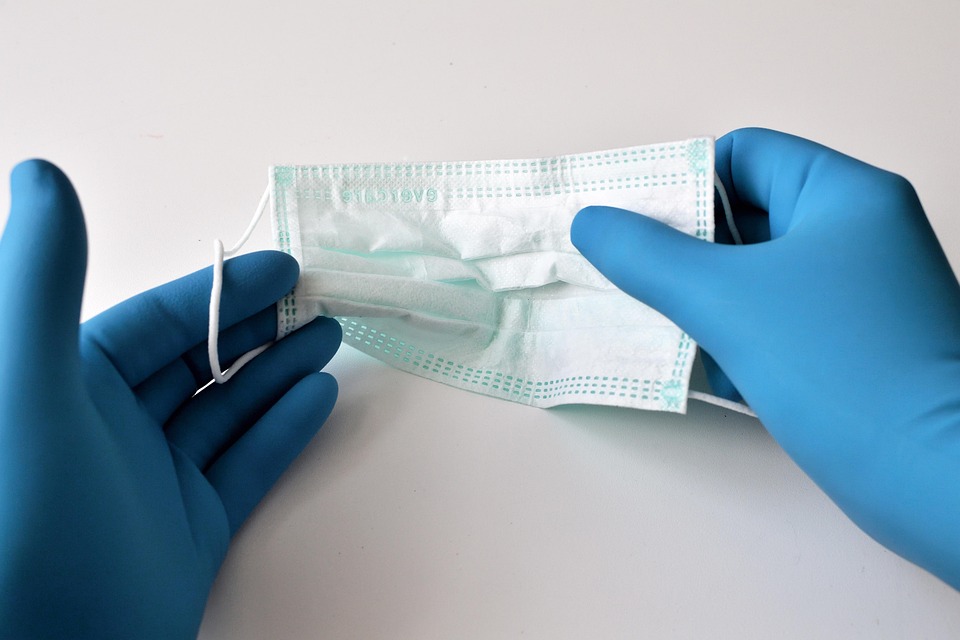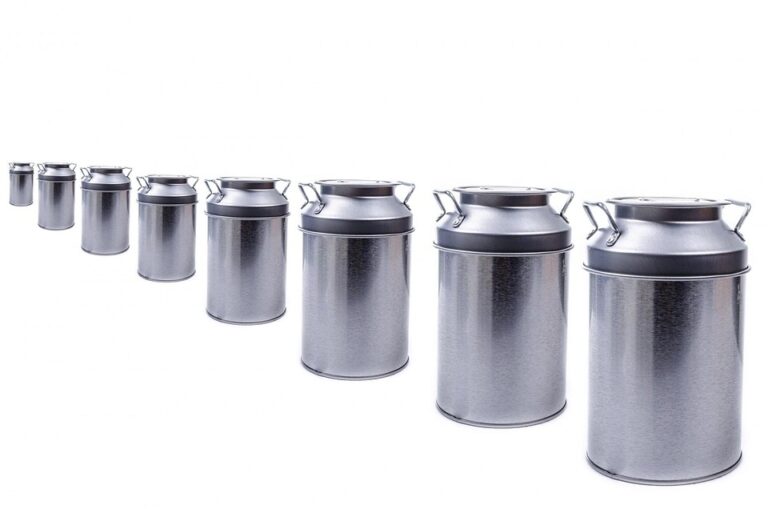
In recent years, the humble medical mask has transformed from an obscure item relegated to hospital corridors into a ubiquitous accessory in our daily lives. With myriad options flooding the market, it’s imperative to discern the nuances of each type. Beyond mere fabric and fit, the choice of mask can significantly influence not only individual health but also community safety.
1. The Surgical Mask: A Staple of Healthcare
Perhaps the most recognisable of all masks, the surgical mask is designed primarily for use in medical settings. Typically made of three layers, these masks provide a barrier against droplets and splashes, making them indispensable during surgical procedures. However, a common misconception is that they offer comprehensive protection against airborne pathogens. While they do filter out large particles, their efficacy diminishes when it comes to smaller aerosolised viruses, such as the notorious SARS-CoV-2.
What’s more, the fit is crucial. A loose surgical mask can allow unfiltered air to enter, thus undermining its protective capabilities. According to the World Health Organisation, "the effectiveness of surgical masks is highly dependent on the proper fit and adherence to guidelines." This raises an interesting question: Are we truly utilising these masks to their fullest potential, or are we merely going through the motions?
2. The N95 Respirator: A Higher Level of Protection
Step into the realm of N95 respirators, and the stakes rise considerably. These masks are engineered to filter out at least 95% of airborne particles, including larger respiratory droplets and smaller aerosols. Unlike surgical masks, N95s provide a snug fit, creating a tight seal around the face. This feature is particularly vital in high-risk environments, such as hospitals treating COVID-19 patients.
Nevertheless, the N95 isn’t without its challenges. Prolonged usage can lead to discomfort, and improper fit negates its protective advantages. The Centre for Disease Control and Prevention (CDC) has emphasised the importance of fit testing for N95 respirators, especially for healthcare workers. This begs the question: Are we prioritising comfort over safety, or is there a middle ground that can be achieved without compromising efficacy?
3. Cloth Masks: A Community Solution
The cloth mask emerged as a popular alternative during the pandemic, often touted for its accessibility and customisability. However, the effectiveness of cloth masks varies tremendously based on the fabric used, the number of layers, and the fit. Research from various institutions indicates that tightly woven fabrics, such as cotton, can provide a decent level of filtration when layered appropriately.
Yet, it’s essential to acknowledge the limitations. Cloth masks are not a substitute for surgical masks or respirators, particularly in settings with high transmission rates. The question arises: How can one balance personal expression with safety? It’s a delicate dance between style and substance, and one that many have navigated with creativity during these challenging times.
4. Face Shields and Other Alternatives
While not classified as masks, face shields have gained popularity as supplementary protection. They provide a physical barrier against droplets but should not be relied upon as the sole form of protection. The UK Government has stated that face shields do not offer the same level of filtration as masks and should be used in conjunction with them in certain situations.
This leads to an interesting discussion surrounding the psychology of mask-wearing. Are we more inclined to wear a face shield because it feels more comfortable, or does it provide a false sense of security? The interplay between perception and reality in public health is a fascinating area for further exploration.
Making Informed Choices
As we navigate this new landscape, the importance of informed choices cannot be overstated. Each type of mask has its merits and drawbacks, and understanding these nuances can empower individuals to make decisions that best suit their circumstances.
Ultimately, the goal is not merely to wear a mask but to wear it correctly and with intention. As we confront ongoing health challenges, let us remain vigilant and informed, ensuring that our choices contribute to the collective well-being of our communities.
In the ever-evolving world of health and safety, BargainsTrust continues to bring you curated information on a variety of products to help you navigate these choices with confidence and clarity.







